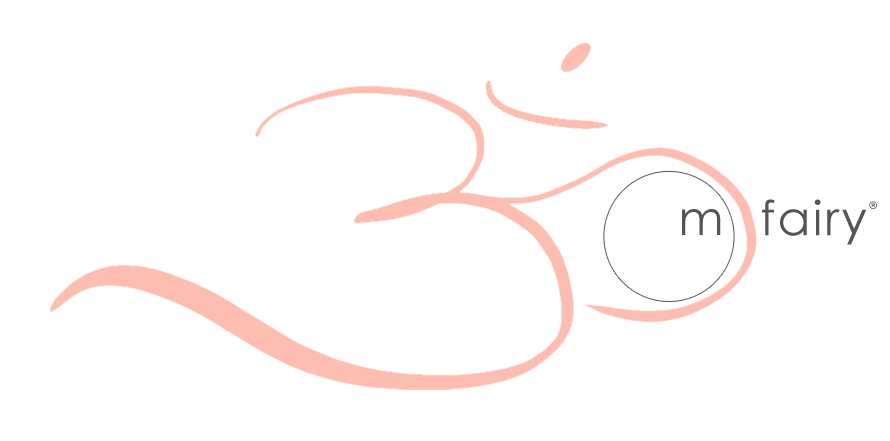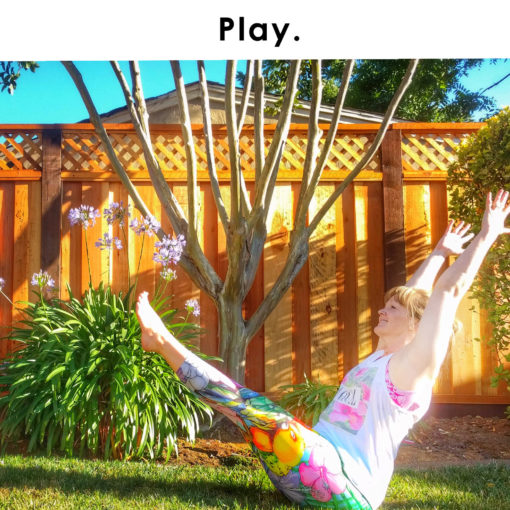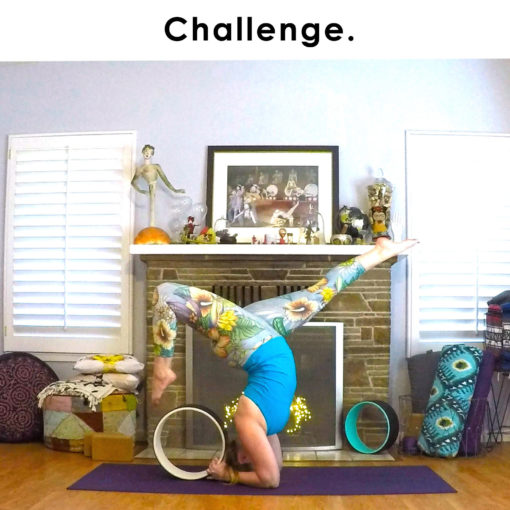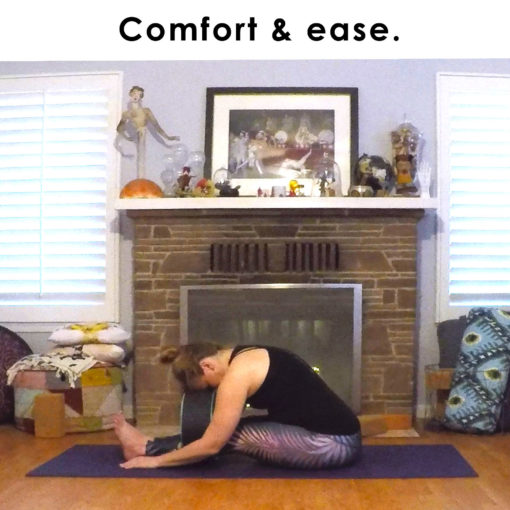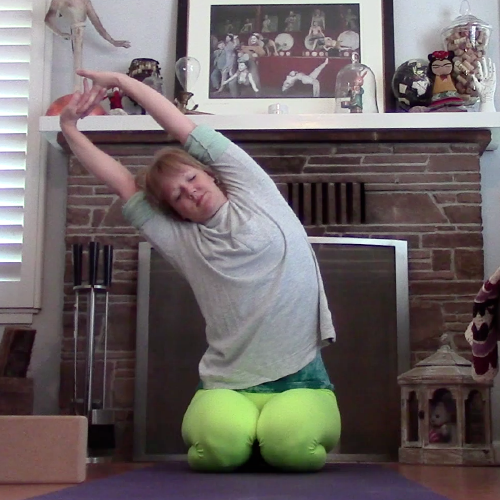
…few people with a high, full chest go around saying, ‘I’m so depressed.’ The depressive posture may start out as a perception within the nervous representation of the self versus the world involving guilt, pain, or anxiety, but that soon is expressed out through the motor system as a recurrent pattern of contraction. This chronic contraction pattern is accommodated after a time by the fascial system, often reaching out over the whole body – the pattern in the chest requires compensation in the legs, neck, and shoulders as well as the ribs, and the ventral cavity’s pressure systems. The diminution of the breathing in turn creates a different balance of chemistry in the blood and body fluids, lowering oxygen and raising cortisol levels. Simply changing the rate of serotonin reuptake with antidepressant drugs or even changing the internal perception of self-worth may not be fully effective in changing this whole pattern, because the pattern is also written into a habit of movement, a ‘set’ of fascial net, as well as a set of chemical pathways in the fluid.
– Thomas W. Myers, Anatomy Trains
While I’ve long meant to post one of my favorite restorative poses, mountain brook, it was reading this passage today that made me jump up and get typing. “Yes, yes, yes!” is what was going through my head as I read this.
Day in, day out, for the most part, everything we do is in front of us. We drive to work, arms reaching forward for the steering wheel. We type on the computer, constantly check our smart phones, often with the shoulders curved forward as our head dips down to look at the screen. We reach for the produce at the grocery store, and we come home to chop up that produce and cook in a pot, that is in front of us. Over time, our bodies begin to shift to this posture described in the above quote, whether or not we’re depressed. To re-engineer Myers’ point slightly, even without a shift in our internal perception of self-worth, we’ve changed a pattern in the body, which has affected not only our posture, but our fascial net, pressure on our internal organs, our breathing patterns, and in turn, as noted, the balance of chemistry in our bodily fluids. It’s not a leap to say just like our mood can affect our posture, our posture can affect our mood (there’s a great article on Avalon Yoga’s website that links to a variety of studies that show this to be true).
So back to this pose. Why does this help? Mountain brook pose is a very gentle way to open the chest cavity, helping to reverse the effects of our modern-day lifestyle. It brings space to the organs in the ventral cavity. While fish and wheel poses from a traditional yoga practice will bring you a similar feeling in the front of the body, remaining in this passive pose allows you to stay longer, and it is a pose almost anyone can do.
The traditional yoga props you would use for this pose would be one bolster for under the knees, one blanket to support the neck, and either a blanket or a bolster to place under the thoracic spine, depending on the lift your body needs. If you don’t have bolsters, no worries. You can use towels or blankets in place of any of the props.
To set up, create a neck roll or shoulder and neck support with the blanket. Place one bolster under the thoracic spine, just below the shoulder blades but above the lower back, and one bolster under the knees. If the bolster under the thoracic spine is too much lift, try folding a towel or blanket so you have something about 8 to 10 inches in width that will span the width of your back.
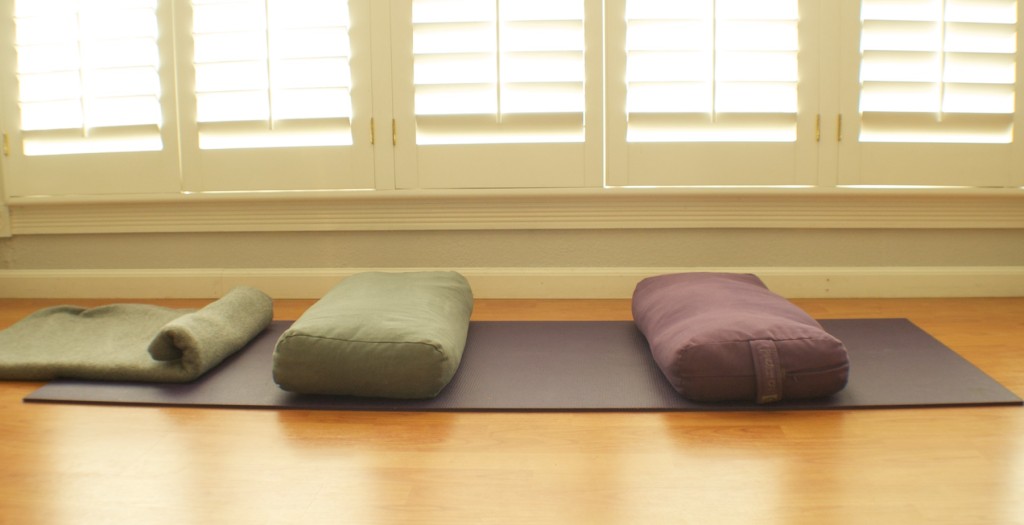
Once the props are set up, begin to lay back over them, adjusting as needed to align in the right spots of the body. There should be a slight support under the neck, but you do not want the neck and head propped up. The goal is to keep the neck neutral, in its natural line with the spine. The bolster or blanket under the thoracic spine should be positioned so that the top of it sits just below the shoulder blades but is above the lower back. The goal as you rest here is to let the shoulder blades begin to descend toward the floor. The bolster under the knees should just provide a gentle support, letting the lower back feel rested instead of arched.
As you settle into the posture, focus on slow, deep breaths that fill the rib cage and upper chest, and on the exhale, focus on letting the shoulders relax onto the floor. Rest in this posture for at least 5 minutes, but feel free to stay for up to 15 minutes. Remember, you spend many hours a day reaching forward and looking down, so dedicating time to reversing these motions means you are more likely to make a difference in beginning to release the patterns your body is holding onto.
